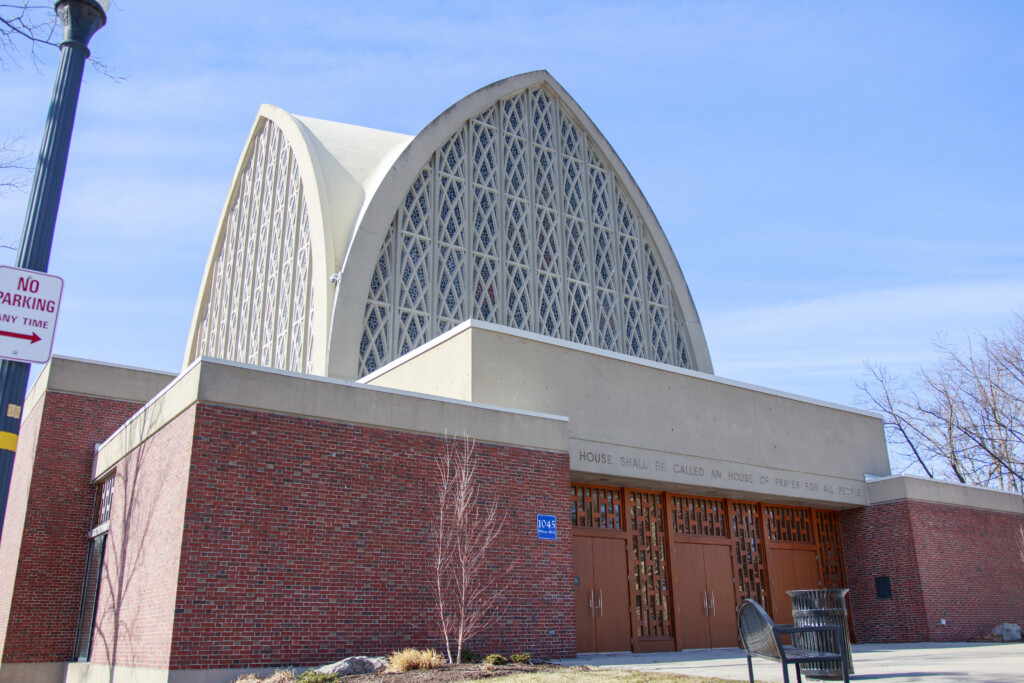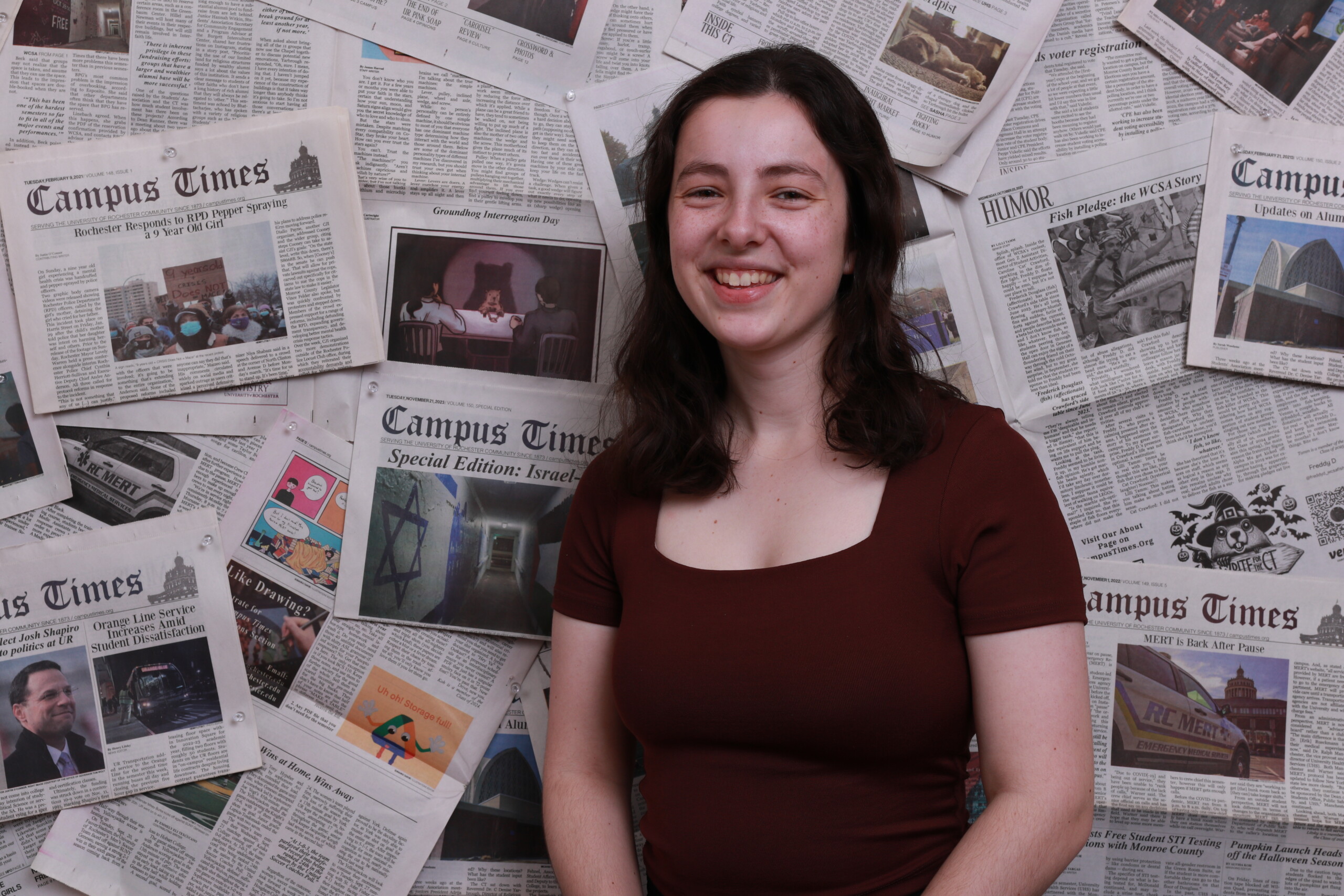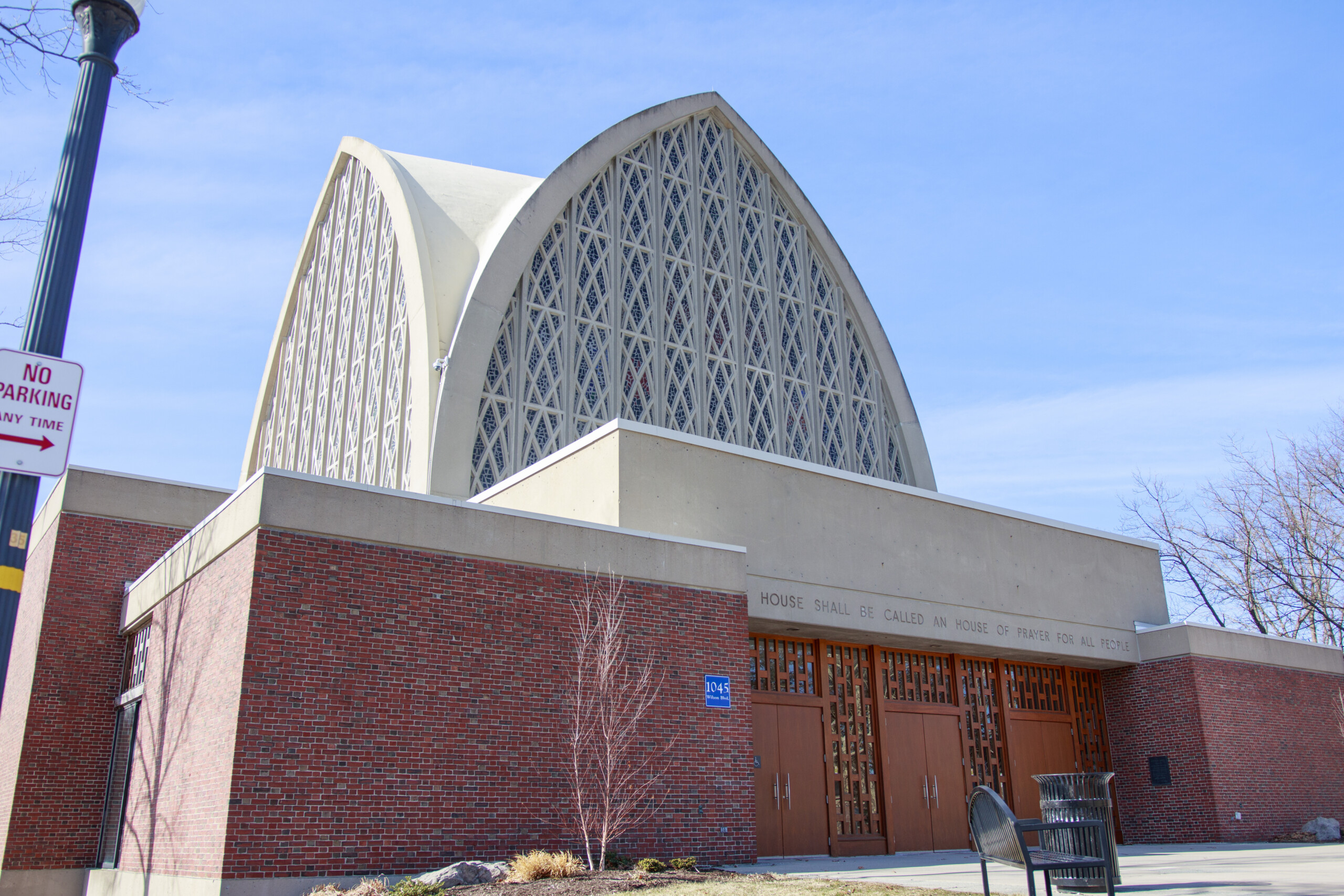Three weeks ago at the Students’ Association meeting, juniors President Adrija Bhattacharjee and Vice President Sybilla Moore shared updates from their meeting with Dean of The College Jeffrey Runner, one of which caused quite a stir in the campus community: the construction of the Greenbaum Center for Jewish Life and the Catholic Newman Center Building.
This announcement led to many questions from the student body, many of whom had no prior knowledge of the projects. Why is this happening? Who is paying for these buildings? Why doesn’t the Interfaith Chapel get expanded? Why these locations? What has the student input been like?
The CT sat down with Reverend Dr. C Denise Yarbrough, Director of Religious and Spiritual Life at the Interfaith Chapel; Reverend Brian Cool, leader of the Catholic Newman Community; Joy Getnick, Executive Director of Hillel; along with Dean Runner and Emily Cihon Fehnel, Associate Dean for Student Affairs in the College and Deputy to the Dean of the College, to learn more about the projects.
The Interfaith Chapel was built back in 1970 with the three main faith groups on campus in mind: Catholicism, Protestantism, and Judaism. Yarbrough pointed out that when she first arrived about 10 years ago, the Interfaith Chapel still had its original wooden pews but she pushed to get the sanctuary redone to remove the pews and add in moveable chairs, making it more inclusive for the growing Muslim, Hindu, and Buddhist communities. However, in the past few years, this growth has become a bigger challenge when trying to reserve spaces for important religious events and having access to adequate office space for the religious staff.
The seemingly obvious solution would be to expand the Chapel. However, that is not as easy as it sounds.
When it was originally built, the University bought the land from the City of Rochester. Now the land surrounding the Chapel is protected parkland and would need a vote in the New York State Legislature to approve the purchase, making it incredibly difficult. The actual building site also proved to be too expensive, according to Dean Runner who had previously asked people in UR Facilities to investigate the potential of an addition. During this time, Newman and Hillel had been receiving alumni donations for the purpose of building separate buildings for their communities. Yarbrough commented, “Newman and Hillel both started talking about having donors interested in creating buildings for them. On the one hand, I hate to see them move out of the building, because I like having everybody together. On the other hand, we are really crunched for space. And they’re the two biggest groups here.” This sentiment was echoed by Getnick, who said, “We are trying our best to better share space and uplift all communities. If we don’t move out, everyone loses.”
All of the money for these buildings have come from alumni funding, with alum David Greenbaum (‘73) and his wife Laureine pledging $2.5 million to establish the Greenbaum Center for Jewish Life. While the Catholic Newman Center Building is further along in their fundraising efforts, the naming rights are still up for grabs. While the University will technically own the buildings by providing the land on which they’re built, it will not provide any monetary funding nor provide for the projects’ upkeep. The Greenbaum Center will be located behind the Psi Upsilon house and next to Sigma Phi Epsilon, facing Wilson Boulevard, while the Catholic Newman Center will be also closeby, behind Tiernan Hall. Runner explained that these were some of the only spots on River Campus that were identified as still available for development. In response, many students have brought up the concern about limited on-campus housing, to which Runner replied, “[E]ven if we were to use those spaces for housing, it really wouldn’t offset much of our housing issue. I think the need for housing is going to be pointing towards building another building somewhere like an actual, you know, Genesee Hall.”
The buildings themselves, while religious in nature, are planning to offer the opportunity for other groups (religious or not) to reserve certain areas, such as a conference room in the Greenbaum Center. Hillel and Newman will host many of their events in their respective buildings, but will still remain involved in Interfaith life.
One of the questions raised by the Students’ Association and the CT was how much student involvement has there been on these projects? According to Dean Runner, there was a meeting about two years ago about the development plans for the buildings that included Students’ Association representatives. “It’s still two years ago. So you know, people who are first or second-year students aren’t going to be familiar with this. But this was still within the lifecycle of juniors and seniors…. This project […] might have been shared locally at that time but it obviously didn’t get into people’s general awareness, because now people are sort of surprised because they don’t feel that they’ve understood.” He followed up, adding, “I mean, we could have done a better job. We should start talking about this again, because, you know, we’re getting closer [to breaking ground].”
There is inherent privilege in these fundraising efforts: groups that have a larger and wealthier alumni base will be more successful. Other groups that, while popular with current students, may not have been around long enough to have a substantial alumni pool to fundraise from are left behind. Junior Hannah Witkin shared her frustrations on Instagram, stating in a story post, “Prioritizing the use of our limited land for religious structures funded by wealthy alumni says a lot about the values of this institution. It sends a clear message to students of other faiths who don’t have a long history of rich alumni that they will always be relegated to ‘other.’” This sentiment was echoed by Bhattacharjee, who has spoken with a variety of religious groups such as the Muslim Students’ Association and Hindu Students’ Association who have voiced concerns that they will feel “othered” by not having a dedicated space unlike the Jewish and Catholic students and may be uncomfortable using spaces in such explicitly religious buildings that are not their own. Religious life on campus is entirely funded through outside sources, with people such as Getnick being employed through an independent 501(c)(3) nonprofit. Many of the smaller groups rely on part-time workers, while groups such as Hillel and Newman can afford to have multiple full-time staffers. According to Reverend Cool, the Advisor to Muslim Students at the Chapel — Zeynab Abdullayeva — has started working with Advancement and sent out a newsletter to try and tap into the Muslim alumni to see if she could raise some funds. However, he noted, “I think there’s going to be a long learning curve for these communities.”
When asked about bringing all of the 11 groups that now use the Chapel together to discuss potential new renovations, Yarbrough responded, “Oh, sure. I mean, I have every intention of doing that. I haven’t jumped on it yet, because my experience of the construction of buildings is that it takes way longer than anybody thinks it’s going to take. So I’m not anxious to start having all those conversations until there’s at least a shovel in the ground for one of these communities.”
As for the timeline of these projects, it’s unlikely that either of them will break ground for at least another year, if not more. Runner and Cool separately explained that the University requires all of the money required for the buildings to be provided up front. In the case of the Catholic Newman Center, that means $7.4 million. Neither Hillel nor Newman currently have the funds to break ground. The University prefers to start any building projects immediately following Commencement to get them as covered as possible by the fall before the colder and wetter weather hits. Runner noted, “We’re still very much in the fundraising phase for both buildings.”
Editor’s Note (2/20/23): Titles for junior Hannah Witkin were removed to better reflect her position on the topic at hand as a student rather than an employee of a University organization.



